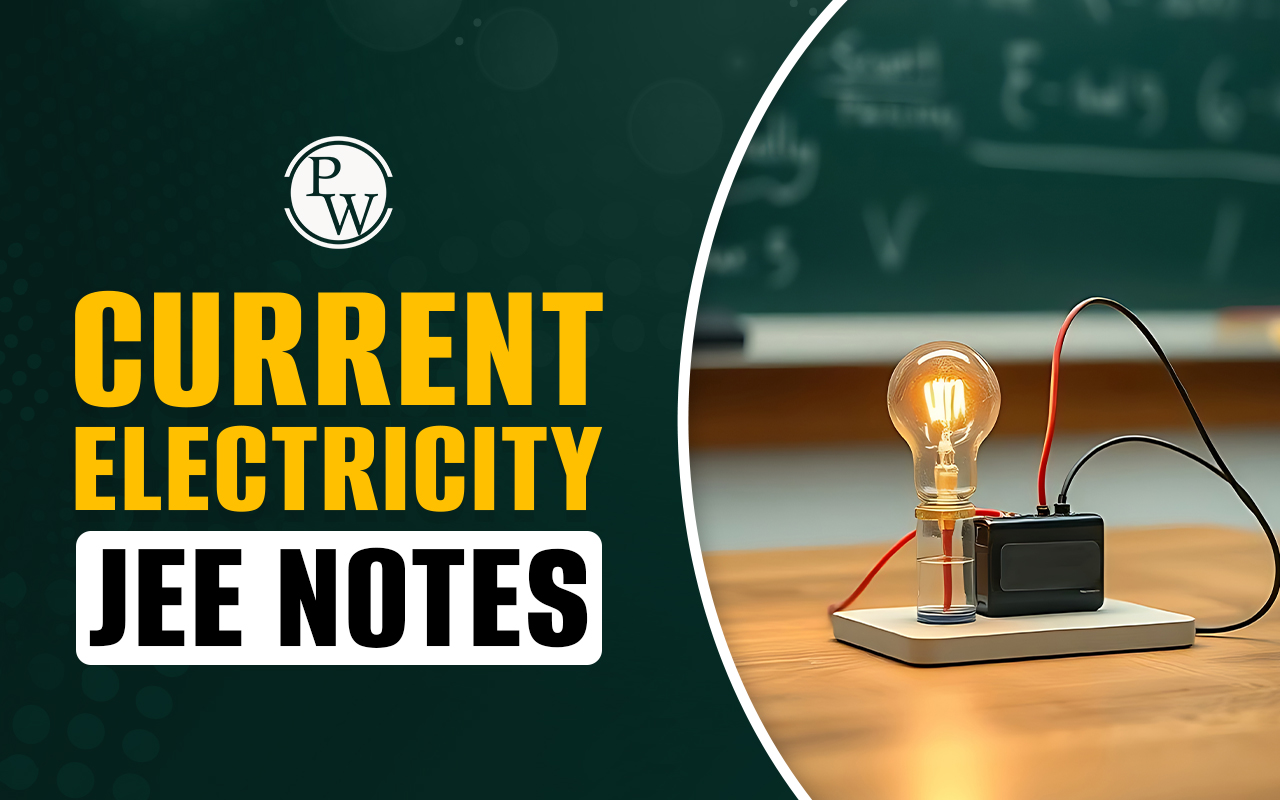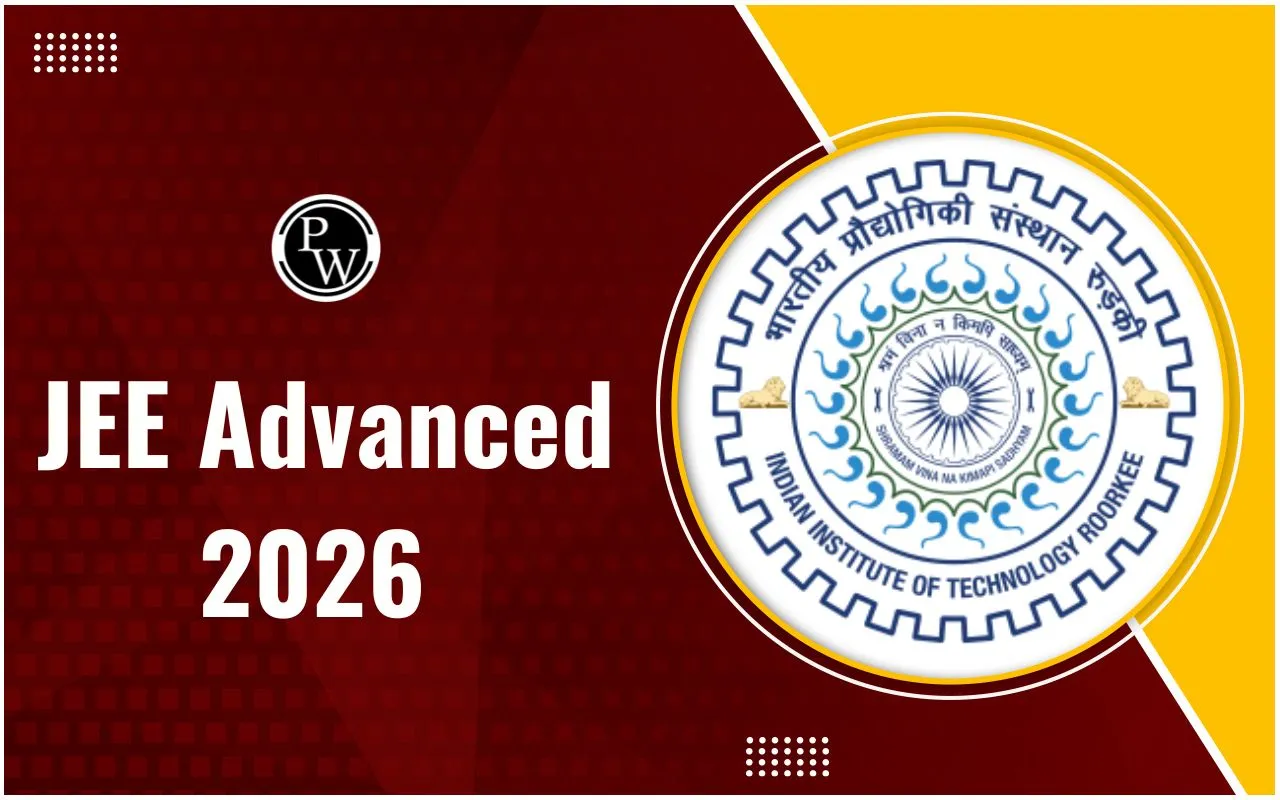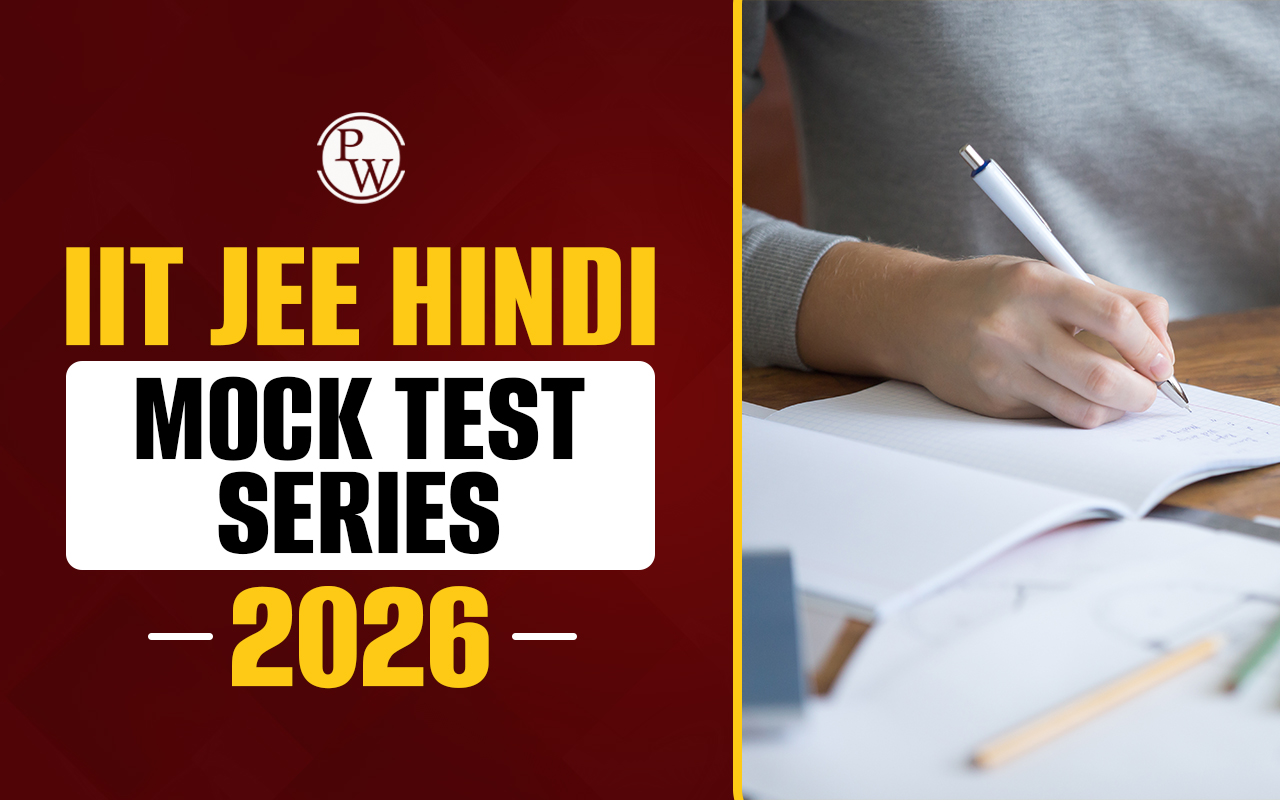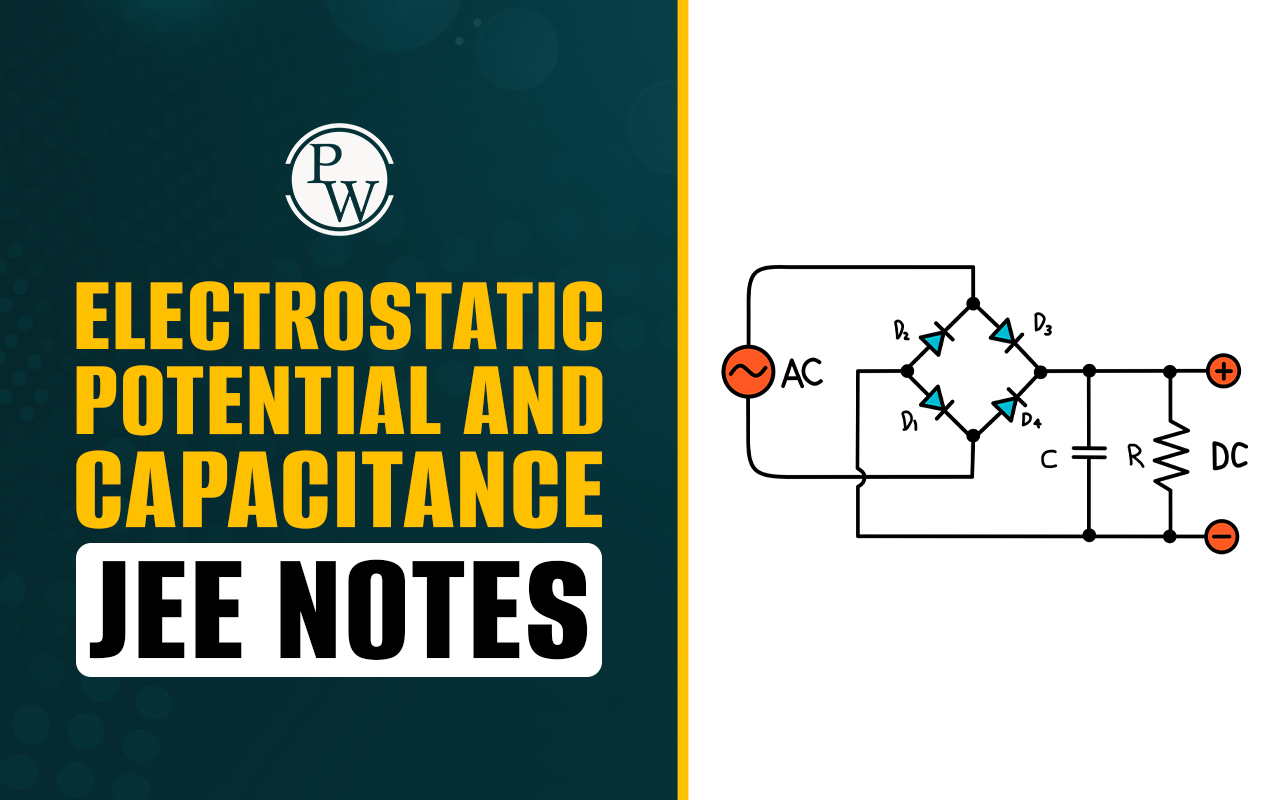

Capacitors : Consider having energy-storing devices of different sizes and shapes. Capacitors are the answer to this. In this article, we will discuss the concept of capacitance, the amount of energy that can be stored in a capacitor, and different types of capacitors.
Concept Of Capacitance : The measure of ability of a conductor to store charge on it is the capacitance of the conductor. The potential of a conductor increases when conductor is charged. The increase in potential is directly proportional to the charge given to the conductor.
Here, the constant
C
is known as the capacitance of the conductor. It is a scalar quantity with SI unit coulomb/volt or farad and dimension
Capacitance Of An Isolated Spherical Conductor
Capacitance Of An Isolated Spherical Conductor :
Consider an amount of charge
Q
is given to an isolated spherical conductor of radius
R
. Then, the potential at the surface of sphere is
If the conductor is placed in a medium, then the capacitance,
Capacitor Or Condenser : A capacitor or condenser is a device that stores electric energy. It is a pair of two conductors of any shape, which is close to each other and have equal and opposite charge. Capacitance of a capacitor is defined as the magnitude of charge Q on the positive plate divided by the magnitude of the potential difference V between the plates.
When a battery is connected across the plates, a capacitor gets charged. The flow of charge carriers stop in the circuit once capacitor gets fully charged. Then the potential difference across the capacitor will be same as the potential difference across the terminals of the battery.
When we speak about the charge Q on a capacitor, we are referring to the magnitude of the charge on each plate but the net charge on the capacitor is always zero.
Energy Stored In A Charged Capacitor
Energy Stored In A Charged Capacitor : Consider a conductor of capacitance C . When we connect to a battery, it charges to potential V . If Q is the charge on the conductor at that time than Q = CV
Let the battery supplies small amount of charge dQ to the conductor at constant potential V .
The small amount of work done by the battery is
This work done will be stored by the capacitor in the form of electrical potential energy.
i.e.,
Redistribution Of Charge And Loss Of Energy
Redistribution Of Charge And Loss Of Energy : If two charged conductor are connected using a conducting wire, charge will be flowing from the conductor at higher potential to that at lower potential. The flow will stop when they attain the same potential.
Consider we have two spherical conductors with radii r 1 and r 2 , having charge Q 1 and Q 2 , potential V 1 and V 2 , energies U 1 and U 2 and capacitance C 1 and C 2 respectively.
When the spheres are connected using a conducting wire the new charges will be
The new common potential will be
The loss of energy due to redistribution of charge is given by
Spherical Capacitor
(i) Outer sphere is earthed : Consider a charge Q is given to inner sphere. A charge − Q will be induced on the inner surface of outer sphere and + Q will be induced on its outer surface.
Electric field intensity will be zero for r < R 1 and r > R 2 .
Potential of inner sphere,
As the outer surface of outer sphere is earthed, V 2 = 0
So, the potential difference,
Then, the capacitance,
(ii) Inner sphere is earthed
Here the inner sphere is earthed. If we provide a charge Q to the outer sphere,
Charge on the inner side,
Charge on the outer side
Here, the capacitance will be due to a spherical capacitor and spherical conductor of radius R 2
i.e.,
Cylindrical Capacitor
Cylindrical Capacitor : Consider two co-axial cylinders with radii R 1 and R 2 ( R 1 < R 2 ). A charge Q is given to the inner cylinder. As a result charge − Q is induced on inner surface and + Q on outer surface of outer cylinder since it is grounded. Common length of the cylinder is l . The capacitance of this configuration is given as
Parallel Plate Capacitor
Parallel Plate Capacitor : Consider two metallic parallel plates of area a separated by a distance d . The electric field between the plates is
Where Q is the magnitude of charge present in each plate.
Potential difference between the plates is given by
Therefore, capacitance,
Example 1: Eight drops of mercury of equal radii possessing equal charges combine to form a big drop. Then the capacitance of bigger drop compared to each individual small drop is
A. 8 times B. 4 times
C. 2 times D. 32 times
Sol. Volume of 8 small drops = Volume of big drop
As capacity is proportional to r , hence capacity becomes 2 times.
Example 2: A parallel plate capacitor of capacity C 0 is charged to a potential V 0 .
(i) The energy stored in the capacitor when the battery is disconnected and the plate separation is doubled is E 1 .
(ii)
The energy stored in the capacitor when the charging battery is kept connected and the separation between the capacitor plates is doubled is
E
2
. Then
value is
A.
B.
C.
2
D.
Sol. Capacitance of parallel plate capacitor
Where A = area of the plates,
d = separation between the plates,
Charges stored in the capacitor
When battery is disconnected, then charge remains same.
So, Energy
C = capacitance when plate separation is doubled.
So,
When battery is connected, then
Energy
where
Capacitors And Capacitance FAQs
Q.1 : What are capacitors?
Q.2 : What are the applications of capacitors?












